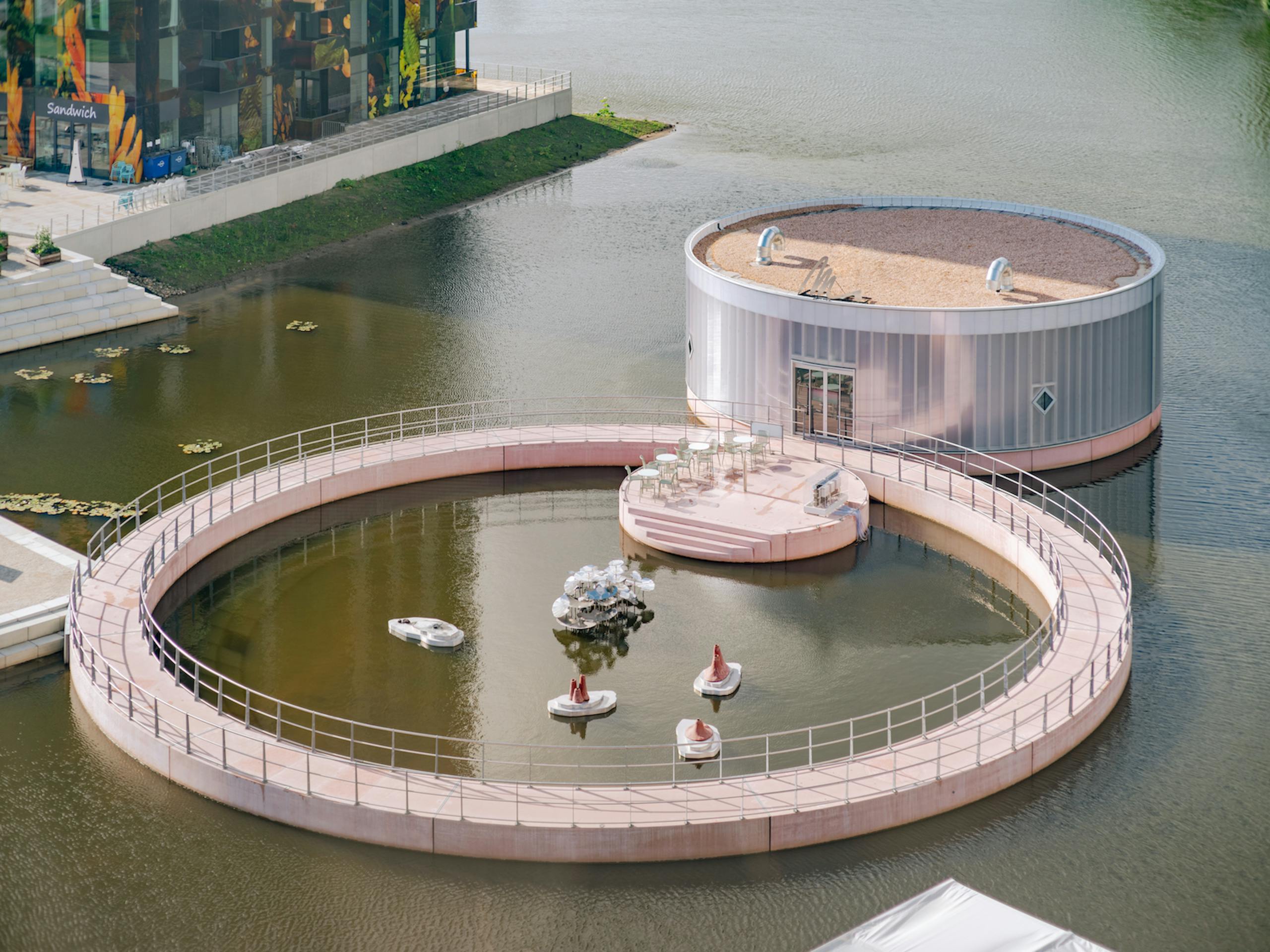
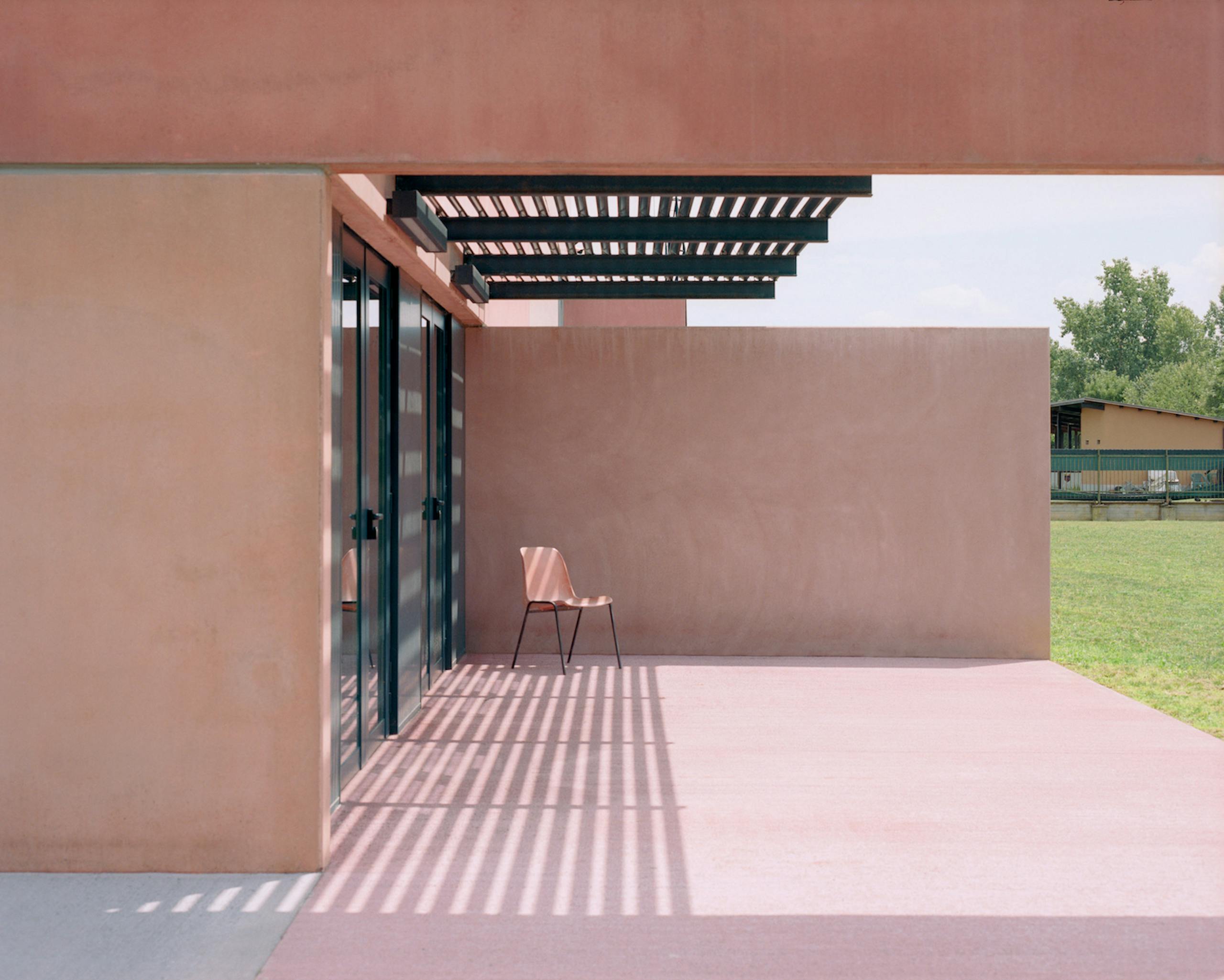
The Italian Architecture Prize: Experimentation Plus Dialogue with the Surrounding Context
How best to promote and illustrate the outstanding achievements of Italian architectural firms capable of taking on the challenges of our complex times by providing both answers to the pressing issues of today and a sustainable vision of the future?
The Italian Architecture Prize, promoted by Triennale Milano in collaboration with the MAXXI, the National Museum of the Arts of the 21st Century, has brought together and recognised, for this fourth edition of the awards, the projects judged to be the most interesting in terms of innovation, quality and architecture’s social role, presenting an award for the best building or initiative of the last three years by an Italian architect or firm, or by one based in Italy, as well as an award to the best architectural designer under 35 years of age, plus a career award. The resulting overview of architectural work in Italy, or tied to the country, concludes with an exhibition of the winning projects and the finalists, an event held in alternate years in Rome or Milan, with this edition taking place in Milan.
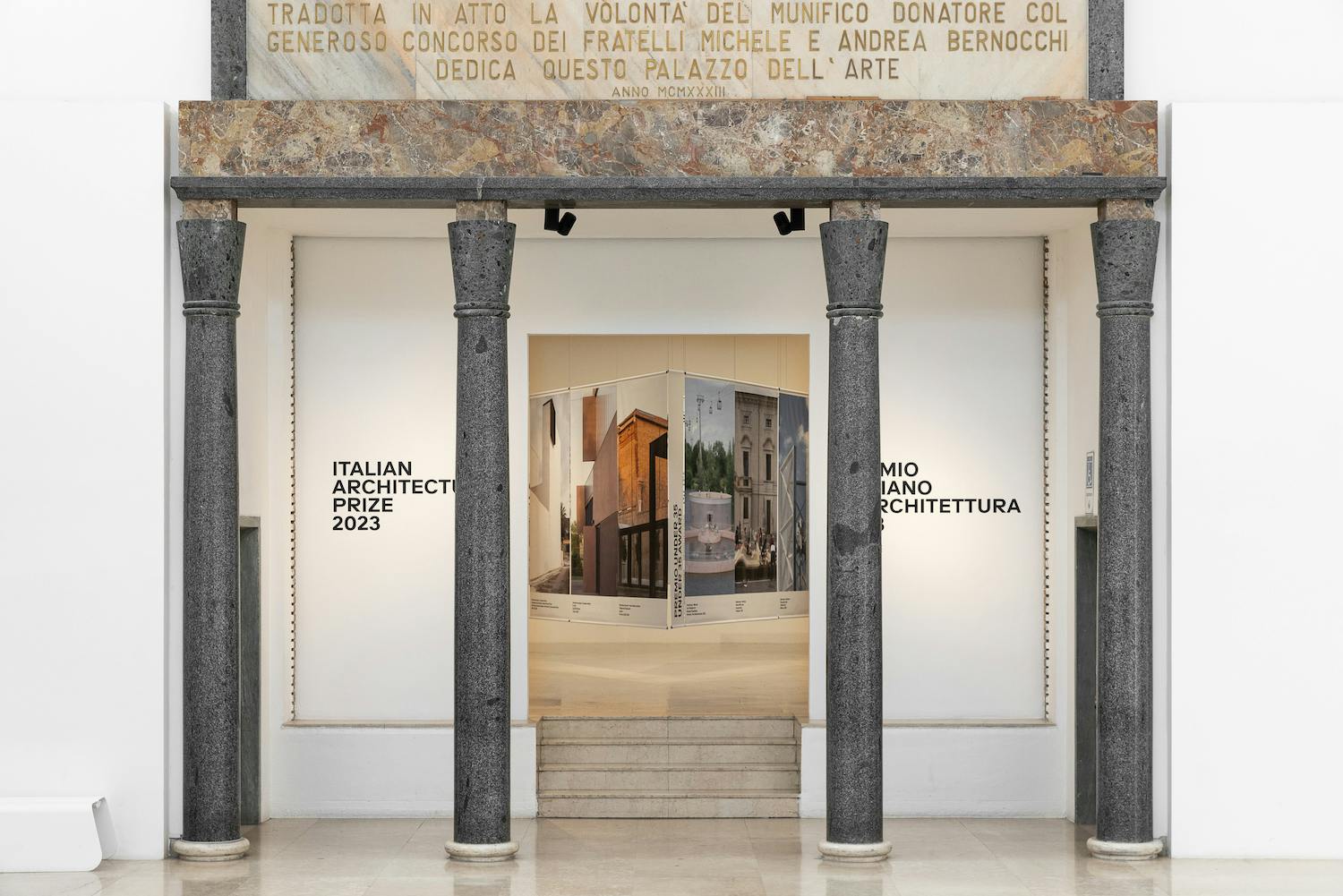
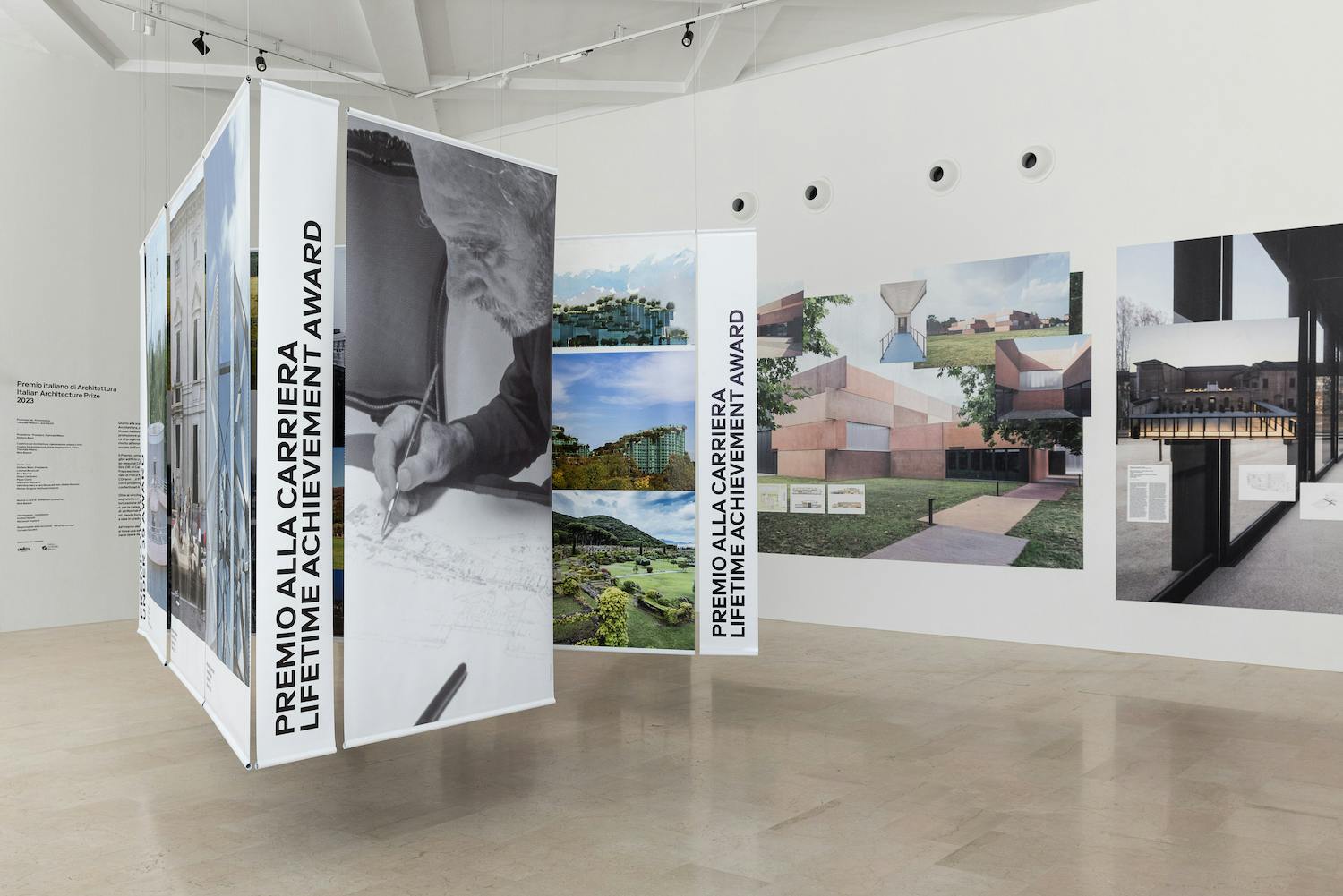

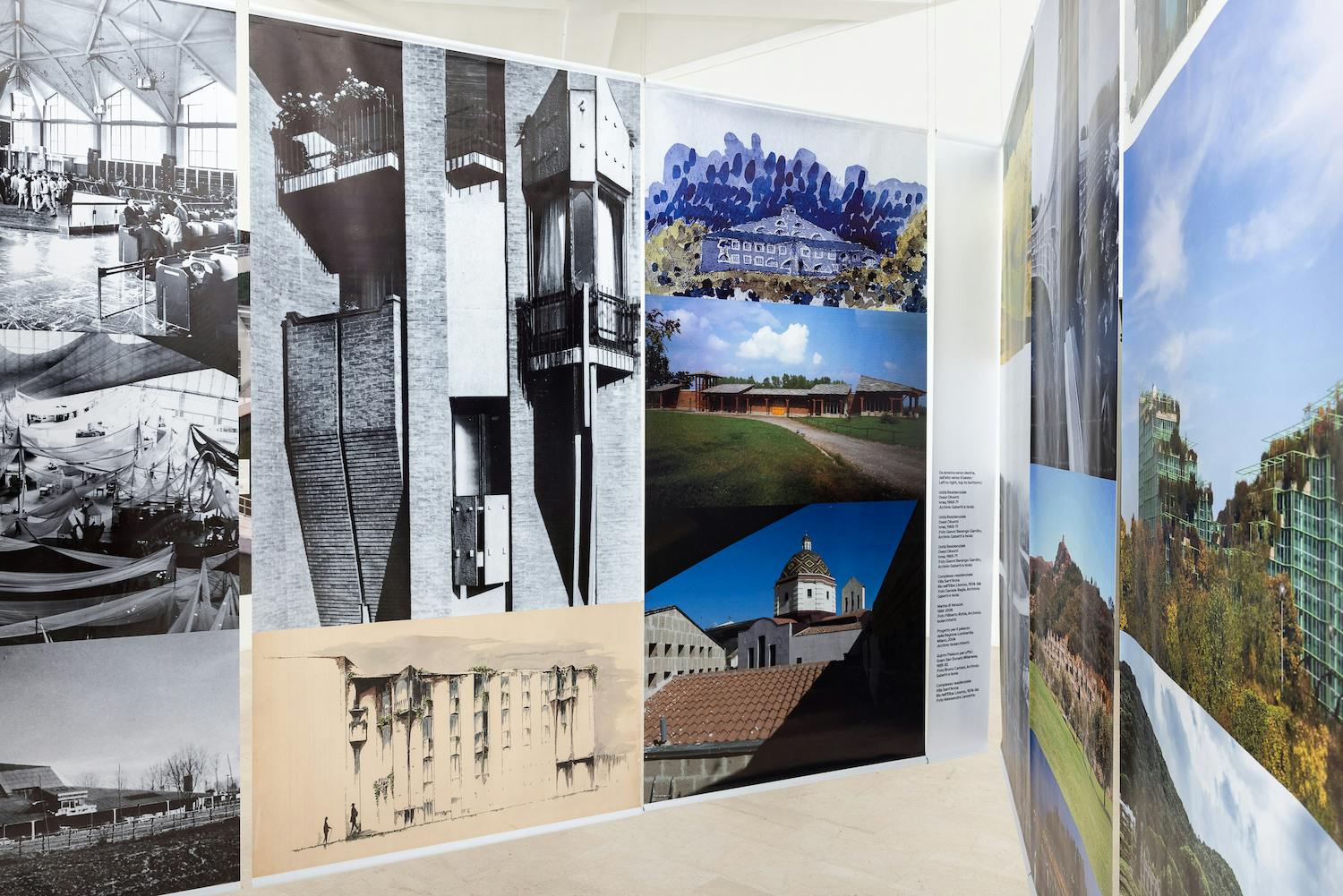
The 2023 awards ceremony, hosted by the Triennale Milano on July 13th, followed the selection of the winners by a committee of honour and an international jury that chose from a shortlist of 10 projects selected as finalists from among the 30 candidates proposed by a group of experts appointed by the Triennale and the MAXXI. The jury chose the 5 finalists for the under-35 award from a group of 17 candidates, while the career award, assigned directly by the jury, went to one of the deans of Italian architecture, Aimaro Isola, whose work has established, and maintained, a dialogue between modernity and tradition, the natural and the artificial, developed territories and landscapes, almost as if it had been meant to serve as an ideal reference for selecting the winners of this year’s awards.
Once again, the Prize provided an invaluable occasion for reflecting on contemporary architecture’s most hotly debated issues, such as surrounding contexts and history, social interactions, production activities and emergencies, as well as the digital world, covering the full panorama of a field which, while expressing itself in a wide variety of forms and scales, consistently, and responsibly, comes up with innovative, high-quality solutions which betray no fear of experimentation.
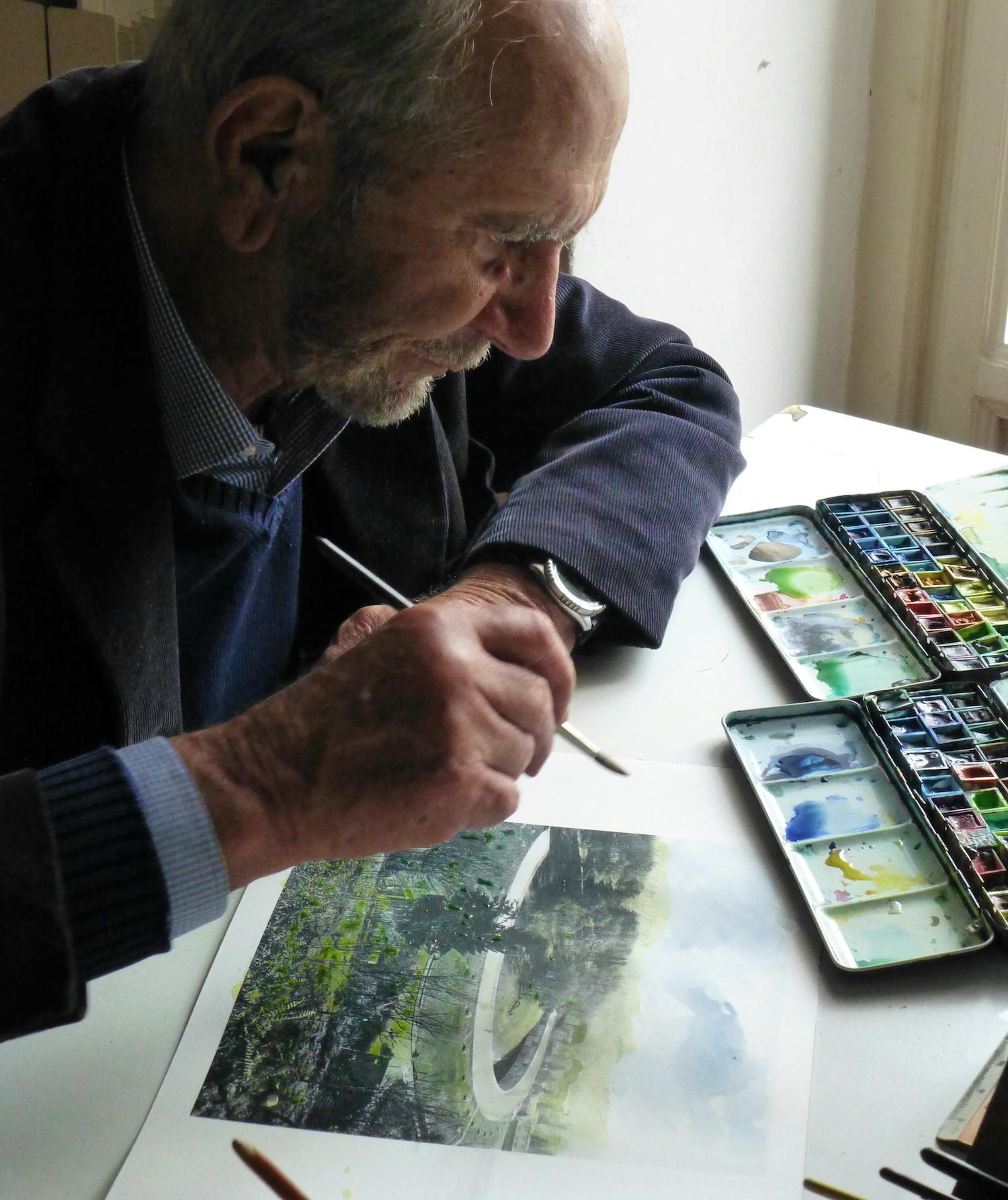
Aimaro Isola, photo by Tanja Marzi

Judicial offices in Alba, 1982-87, Gabetti and Isola Archives
The award for best building of the last three years was presented ex aequo to the team of Carlo Atzeni, Maurizio Manias, Silvia Mocci and Franceschino Serra for their work on the parochial complex and church of Santa Chiara (Sini, Province of Oristano, 2021), and to ELASTICOFarm for the new complex of the Italian National Institute of Nuclear Physics (INFN) S-LAB (Turin, 2020). The parish complex and church of Santa Chiara in Sini, in the Sardinian hinterland, represents a formally rigorous revival, though one carried out in full awareness of the surrounding context, of a central portion of the town’s historic fabric, with traditional patterns and models reprised in a way that ultimately promoted a renewed sense of community. The fundamental composition and apt combination of materials ensured continuity, though not through mimicry, but rather by means of a seamless integration. As the jury notes in its citation, the contemporary architecture features a Mediterranean koiné that succeeds in restoring the unity of a series of spatial, expressive and relational ties which were already a part of the town’s fabric.

Atzeni, Manias, Mocci, Serra, Santa Chiara church in Sini, Stefano Ferrando - Studio Vetro Blu

Atzeni, Manias, Mocci, Serra, Santa Chiara church in Sini, Stefano Ferrando - Studio Vetro Blu
The new complex of the National Institute of Nuclear Physics (INFN) in Turin was built as a facility for industrial production, to house advanced machinery and precision instruments, though it became more than just a utilitarian structure, thanks to the artful arrangement of the internal volumes achieved with reinforced-concrete partitions in different colours, elements which change in reaction to environmental conditions. The space’s creativity and innovative approach to sharing is also expressed through the floor plan, which includes courtyards and patios. As the jury noted, the traditional, predominantly prefabricated technology of production facilities has been given an opportunity for wide-ranging experimentation with respect to its surrounding context.

ELASTICOFarm, S-LAB, photo by Anna Positano, Gaia Cambiaggi, Studio Campo

ELASTICOFarm, S-LAB, photo by Anna Positano, Gaia Cambiaggi, Studio Campo
The under-35 award went to the Studio Ossidiana for the project Art Pavillion M. (Almere, Netherlands, 2022), a land-art and multimedia-art museum whose sequence of three rings is designed to present new forms of collective expression in the waters of the Weerwater. The port encloses an expanse of water with a promenade, creating a complex space for activities of art, exploration and social intercourse, while the stage is designed to host open-air performances or exhibitions. The observatory, a light structure made of wood and reflecting polycarbonate, has a playground terrace, as well as exhibition rooms. The project’s scope, touching on everything from formal exploration to a highly perceptive examination of environmental themes, including interspecies relations between architecture and the countryside, is the key motivation for the award.

Studio Ossidiana, Art Pavilion M., photo by Riccardo de Vecchi

Studio Ossidiana, Art Pavilion M., photo by Riccardo de Vecchi
Honourable mention went to the Labics firm for its completion of the museum areas of the Palazzo dei Diamanti (Ferrara, 2022), a series of cohesive initiatives that both restored the 16th-century structure and optimised its use, adapting its spaces, internal and external, for exhibition activities. Looking beyond considerations of mere preservation and monumental grandeur, the project aimed at a critical and formal reassembly of the various parts of the Palazzo, in order to assimilate new activities and increasingly open the structure up to the rest of the city. A virtuous example of an architectural effort able to both re-evaluate and update, functionally and culturally, a valuable historic building: this was the opinion of the jury, which stressed the critical importance of preserving Italy’s architectural heritage.
Special mentions were also extended to ‘Paraphernalia’ by (ab)Normal (Triennale Milano, 2020), and to ‘More With Less’ (a 2021 urban repurposing of L’Aquila’s Piazza Santa Maria Paganica for the MAXXI L’Aquila) by the collettivo orizzontale.

Honourable mention, Labics, Palazzo dei Diamanti, photo by Marco Cappelletti
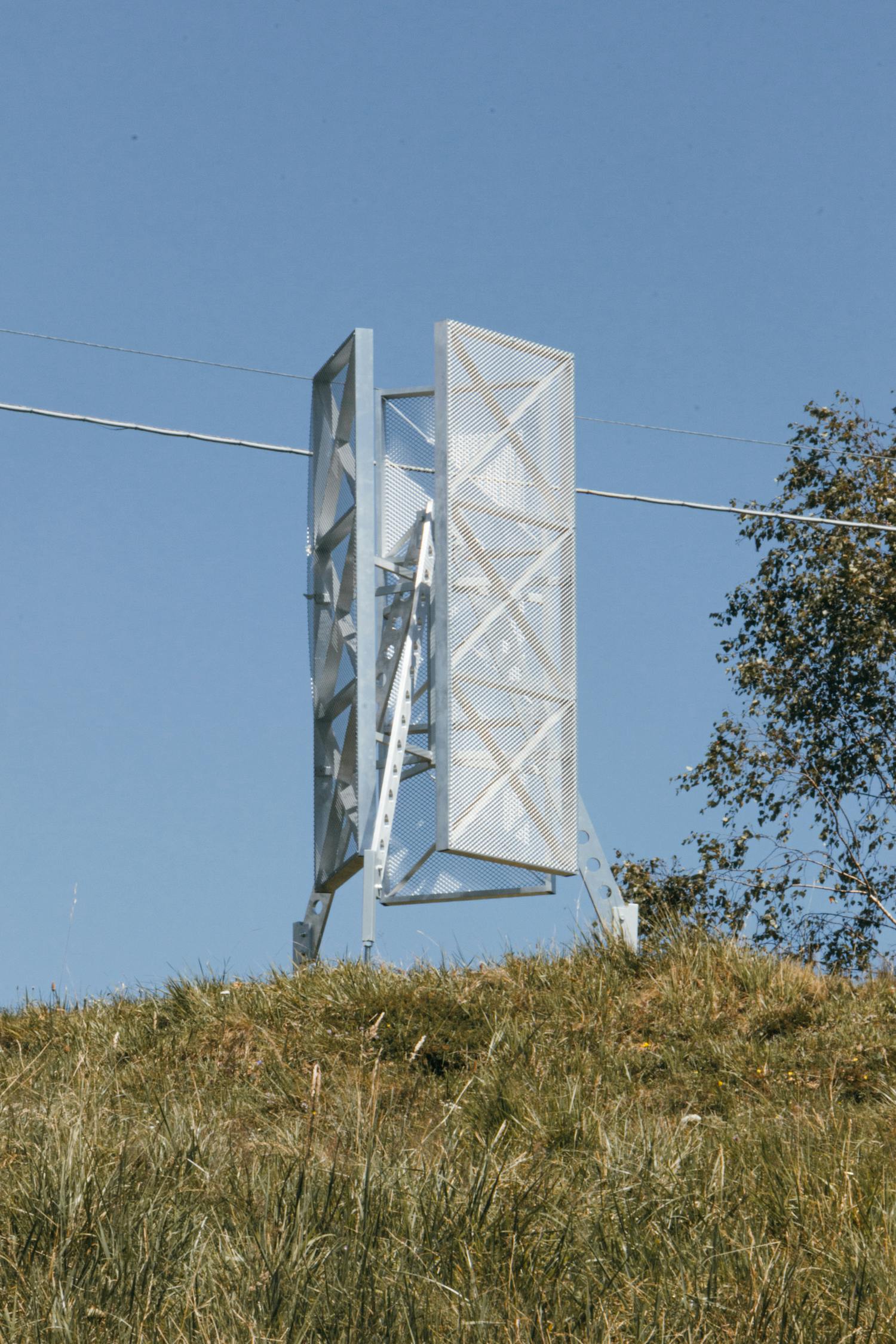
Mezione Under 35, (ab)Normal, Paraphernalia
Paraphernalia, a mobile, interactive installation created for the exhibition ‘The State of the Art of Architecture’ (Triennale Milano, 2020), reflects on how digital spaces increasingly influence real spaces, even redefining their boundaries, with the presentation of a digital agglomeration that contains functions elaborated elsewhere, in other dimensions. In attempting to establish an analogy between columns and antennas, this multiform, updatable avatar of an infrastructure increasingly stands, like a contemporary totem, as a harbinger of a new urban aesthetic.

orizzontale, More With Less, photo by Antonio Di Cecco
Also deserving of attention is ‘More with Less’, the end result of an enlightened, participatory educational initiative. This research effort, conceived of and developed as both a theoretical and practical project by the architect Giuseppe Grant, a member of the collettivo orizzontale, and featuring the involvement of the students of Architecture and Architectural Composition IV (ACAIV) of the University of L’Aquila, led to the design of a temporary structure for L’Aquila’s Piazza Santa Maria Paganica. Meant to be a venue for encounters and social gatherings, the temporary facility was also designed to trigger an ongoing transformation and improvement of the spaces, highlighting the opportunities offered by dynamic, evolving, ‘bottom-up’ projects that enjoy widespread support and participation.
Credits
The projects of the winners and of the finalists of the Italian Architecture Prize have been gathered together at Triennale Milano, in an exhibition which will remain open through 24 September 2023.
Related events
